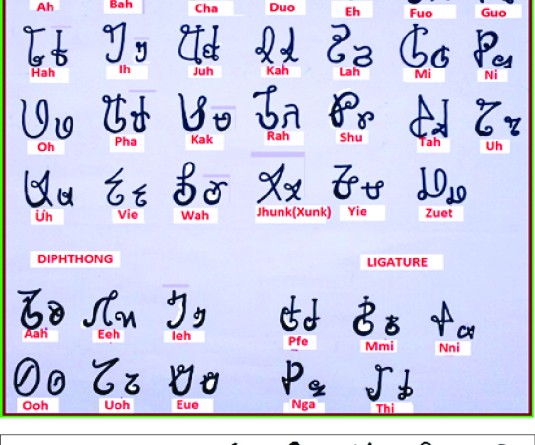
Mithilesh Kumar Sinha
Globally, secondhand clothing is now a booming, multi-billion dollar industry. Growing popularity of secondhand apparel among general masses due to their less expensive nature and better quality is a key factor driving demand for secondhand apparel in the market. One of the most obvious and well-known benefits of buying secondhand is the cost savings. Shopping second-hand is a powerful way to reduce your carbon footprint and contribute to a more sustainable future. By extending the lifecycle of clothing items, you help reduce the demand for new production, which in turn decreases resource consumption, energy usage, and textile waste. when we buy used we are giving those items a second life and saving them from being thrown out. Buying and reusing second-hand clothes can have significant environmental and economic benefits. By reducing the demand for new clothes, individuals can reduce the carbon footprint associated with producing new clothes, conserve natural resources, and reduce the amount of waste generated. Moreover, buying second-hand clothes and reusing garments can help individuals save money and contribute to charitable organisations and thrift stores.
The second-hand clothing trade is indisputably beneficial for consumers in developing countries, who gain access to far cheaper clothes than they would obtain from domestic production or from imports of new garments. It supports hundreds of thousands of livelihoods in developing countries. These include jobs in trading, distributing, repairing, restyling, and washing clothes. Oxfam’s research in Senegal estimates that 24,000 people are active in the sector in that country.
The global demand for secondhand clothes is projected to grow at an impressive CAGR of 14.8% during the forecast period (2022-2032), in comparison to 7.1% CAGR registered from 2017 to 2021. Growing popularity of eco-fashion, increasing penetration of internet and online shopping platforms, and cost-effective nature of secondhand clothes are some of the key factors driving growth in the global market. The revenue in the Apparel market in India is projected to reach US$101.40bn in 2023. It is anticipated to grow annually by 3.85% (CAGR 2023-2028). Among the various segments in the market, Women's Apparel holds the largest share, with a market volume of US$48.88bn in 2023. When compared globally, in the United States generates the highest revenue in the Apparel market, amounting to US$351bn in 2023. In terms of per person revenues, in India generates approximately US$70.97 in 2023.Looking ahead, the volume of the Apparel market in India is expected to reach 40.1bn pieces by 2028. Additionally, there is an estimated volume growth of 3.9% in 2024. The average volume per person in the Apparel market is projected to be 23.5pieces in 2023. Furthermore, it is expected that 99% of sales in the Apparel market in India will be attributed to Non-Luxury by 2023. India's apparel market is experiencing a surge in demand for sustainable and ethically produced clothing, driven by increasing consumer awareness and a shift towards conscious consumerism.
Thrift stores are mushrooming on the streets of the country's big cities as well as online, with India's Future Market Insights estimating the nation's secondhand apparel market will balloon to $9.7 billion by the end of 2032 from about $1.8 billion last year. Therefore, it is essential to encourage individuals to buy second-hand clothes and reuse clothes as part of sustainable living practices.
(The writer is a senior professor, Department of Economics, Nagaland University, Lumami)




